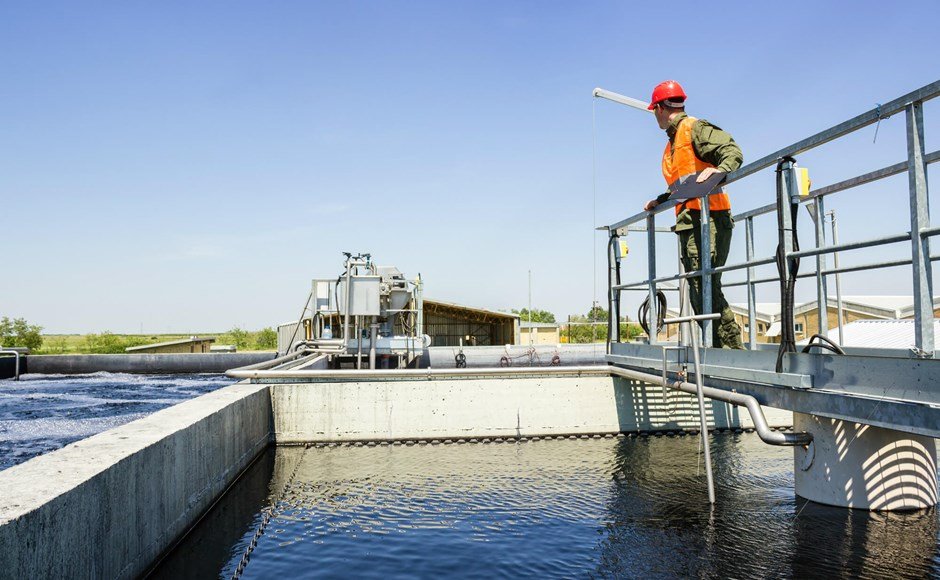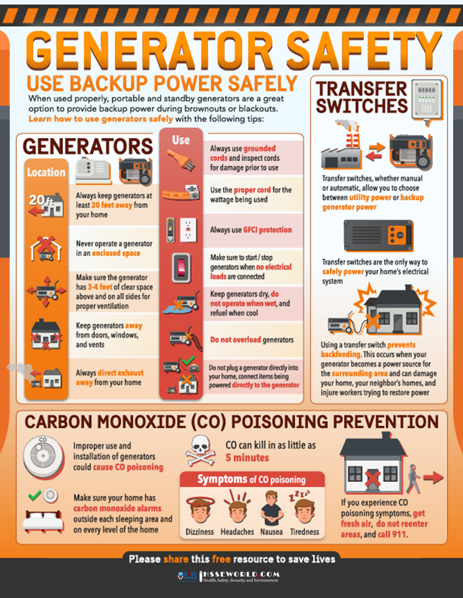Working along can be a high-hazard situation. Even if the work itself isn’t dangerous, the simple fact of being isolated from supervisors, co-workers, and bystanders creates significant risks.This article will go over the risks of working alone and what you can do to keep lone workers safe.

Who Is Considered a Lone Worker?
Lone workers are those who are on a job site by themselves or in isolation from others. Employees are considered lone workers when help is not readily or immediately available to them.
Working Alone has several general categories, such as:
- Working away from the public or urban areas, where help is not easily available (e.g. agricultural workers, field service operators, corrections officers)
- Workers who provide services by themselves (e.g. home care workers, cleaners, janitorial staff, gas station attendants, taxi drivers)
- Workers who travel alone (e.g. truck drivers, pilots, single officer patrol units)
- Workers on isolated sites or in isolated situations (e.g. conservation officers, drainage or water plant personnel)
Lone Worker Risks
There are two fundamental risks that come with working alone (besides those related to the work task itself):
- Help is not immediately available, nor is anyone present to render aid or communicate that there is a problem
- Lone workers may not be able to call for help if, for instance, they are trapped, incapacitated, unconscious, or there is a malfunction with their communication device
When the hazards of the task are added to the working alone scenario, the risk ranking can rise exponentially. For example, employee in the petrochemical industry who routinely enters confined spaces. Working alone is already a hazard for them, but add the risk of being knocked unconscious by an atmospheric contaminant and you have a recipe for a serious incident or fatality.
The physical health of the worker is another factor that can ramp up the risk of working alone. Workers who suffer from medical conditions, such as heart problems, respiratory issues, or even an allergy to bee stings, face a higher severity of risk by virtue of being alone. In an urban work setting, these workers may be four to 15 minutes from medical aid, but it could be hours before anyone even checks whether a lone worker is okay .
Lone workers who are not in remote areas also face a heightened risk of violence. Security guards, parking attendants, and convenience store cashiers working alone overnight are more vulnerable to violence than their counterparts who work during busier hours or with co-workers present.
What Standards and Legislation Apply?
It is incumbent on employers to identify and mitigate lone worker risks. At a minimum, they must be in compliance with all local, provincial, state, and federal requirements.
That compliance will require hazard identification and analysis, risk evaluation and ranking, and the application of policy, procedure, and performance management.
American Regulations
OSHA 1915.84 states that employers must check in (either by sight or verbal communication) with lone workers at regular intervals throughout the work shift.
The National Safety Council Text, 13th Edition, Administration and Programs, Chapter 19 provides a comprehensive description of how working alone impacts the severity and frequency of workplace violence. These risks are serious enough that the state of New York has laws in place that reference working alone in respect to violence in the workplace.
Canadian Regulations
In Canada, Appendix C of the Canadian Standards Association (CSA) Standard Z94.4-02 provides detail on the subject matter and clear language on the management systems that need to be in place for lone worker safety.
Additionally, there are Federal and Provincial Acts, Standards, Codes, and Regulations. Alberta’s Occupational Health and Safety Code, for instance, provides an excellent basic explanation of the steps an employer must take to be in compliance with the law, including:
- Conducting a hazard assessment
- Implementing safety measures
- Ensuring that employees can communicate with supervisors
- Regular check-ins with the worker
Working Across Jurisdictions
Companies in North America that operate in multiple jurisdictions must research the lone worker requirements in each of them.
Various Workers’ Compensation organizations in North America also have acts and regulations on the subject of working along.
Communication
Of all the elements that work together to keep lone workers safe, communication is the most critical.
While OSHA accepts visual check-ins on lone workers, there is a growing discussion about whether this is sufficient. Simply seeing a worker may not be sufficient to assess how safe they are. Verbal contact is the best way to ensure a worker is safe.
Reviewing a number of policies, I discovered that most require workers to check in and speak with a designated individual or dispatcher at the beginning of their shift and throughout the work day (voice mail and other indirect forms of communication were not permitted). Most policies require workers to check in at least three times during a shift.
Cell phones, handheld devices, and satellite phones allow employers to track employees and their work vehicles. However, this is not by itself an adequate method of checking in on an employee working alone. After all, a worker might be at the right location but be in peril. They may, for instance, have succumbed to toxic gas, fallen, or become trapped. Some technologies, such as advanced gas detectors, do much better. They can detect whether the worker is down and alert medical personnel immediately.
Conclusion
Working alone requires strict attention to detail, and more than anything else, great education and training for both the worker and their supervisors.
Having a comprehensive system in place and buying all the required safety gear can be expensive, but those costs are nothing compared to those that come with putting your workers at risk.



